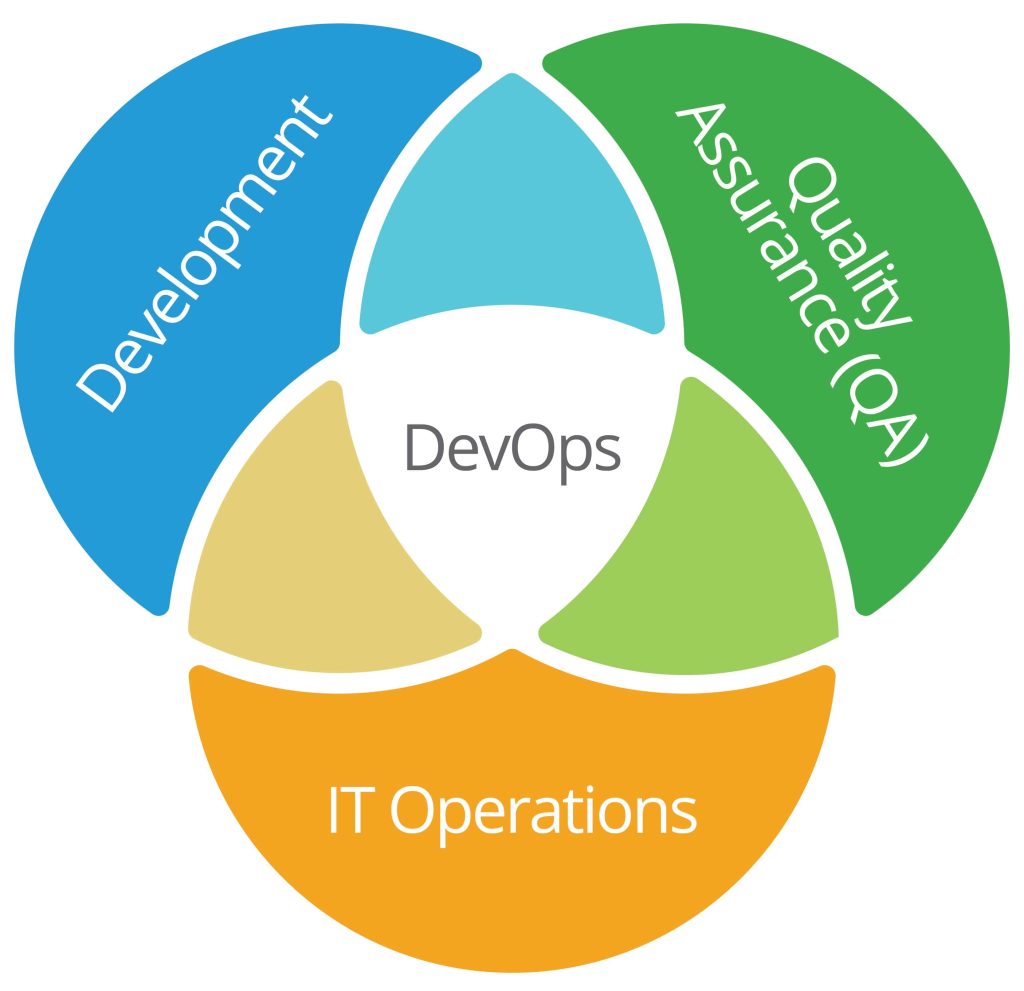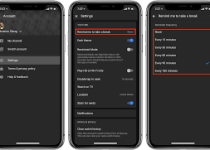Important DevOps Life cycle Phases for Software Integration
A combination of the words ‘development’ and ‘operations’, DevOps is an IT practice that is aimed towards shortening system delivery life cycles and increasing a company’s speed in delivering superior-quality projects. It adds to a company’s ability to efficiently serve the needs of its customers and thereby increases its competitiveness in the industry.

Ask any top representative from the best digital marketing company and he or she will definitively agree on the importance of DevOps ushering in a culture of enhanced communication and better cooperation between the development and IT operations existing inside a company. DevOps consists of various important phases which kicks into action right from the very beginning of the designing phase of a particular project leading to production support.
Here is a brief description of the important DevOps Lifecycle phases integral to software integration.
- Continuous Development – This is the first life-cycle phase that ushers in constant and continuous software development. This phase marks the separation or rather the division of the entire development process into smaller cycles which benefits the team working on these cycles simultaneously in speeding up the development process significantly. Application objectives that must be delivered by the application are planned in this phase which is promptly followed with project development, both of these steps being very integral to delivering projects to the clients at the earliest. Production development generates the code which is immediately put into use in the next phase thereby ensuring a continuous development lifestyle.
- Continuous Integration- This stage is all about integrating functionality with the code that prevails and ensuing testing to ensure that the software is free from any bugs. The second and third phases of integration and testing are very integral to the entire Lifecycle since it won’t be possible to continuously develop the software without them. It is the process that naturally follows the development phase and includes steps like planning the various tests that are going to be carried out in the next phase, as well as understanding whether the developed code can produce the desired operations as required in the initial project documentation. New and changed code is integrated into a shared code repository in this phase where errors are very easily identified and corrected by developers with the help of an automated build.
- Continuous Testing – The software is continuously tested for bugs in this phase by quality analysts in some of the best digital marketing companythrough tools like Selenium, TestNG and JUnit. This is done to ensure that the functionality of the developed software remains bug-free. The testing environment stimulated mostly by Docker Containers and automated at times by Jenkins provides rich information about the various nuances of the application, which is used to improve the application while testing happens on a continuous level in this phase. Automated testing is the most preferred way for many teams since it is multiple-times more time-effective than manual testing. Continuous Testing is an integral part of DevOps for building software solutions that facilitate value feedback continuously.
- Continuous Deployment – During this phase, the software that has been planned, developed, integrated and tested all along is finally deployed to the servers. This process like all the others before it is also working on a nonstop basis with the help of tools like SaltStack, Puppet, and Chef. The software is deployed in such a way that all changes made in the code at any given time should have zero impact on the run-time of the code even the website is getting a lot of hits. That’s why to ensure that the functionality remains flawless, the system administrators in charge of this phase often scale-up servers to welcome a bigger audience.
- Continuous Monitoring – This is the actual operational phase of this Lifecycle where trends are discovered and the root cause of many issues is identified. The product is monitored usually as per the requirements of the client where the team is tasked with noting the application’s performance and making necessary modifications if and when demanded by the clients. There is continuous monitoring of the application’s performance and integral information about the software’s usage is recorded for understanding the functionality of the application. Many system errors are usually resolved in this phase including but limited to the likes of low memory and server not reachable. This phase also ensures the security of the services along with resolving the network issues of the same.
- Continuous Feedback – In this phase valuable customer feedback is taken into consideration to improve the product and release new versions accordingly. The development of the application continues consistently and is improved by analyzing the results of the software’s operations. To ensure the highest efficiency this phase is very systematically phased between the operations phase and the beginning of the development phase of the next application. Feedback is an important phase of the entire DevOps life cycle which significantly reduces redundancy and helps in delivering upon a better version at a quicker time.
- Continuous Operations – The entire DevOps life-cycle sustains on the back of the driving force of continuity that powers it and the same ensures that software is marketed quickly and an ongoing basis. All the phases and the last one, in particular, is aimed at removing all redundancy that doesn’t foster development at a faster rate and is a hindrance which makes it time-consuming while detecting issues and producing better versions of the product, after a fair bit of interval since the original is pushed out in the market. The last phase which marks the end of the DevOps Lifecycle ensures along with the other phases working on a non-stop basis that the finished product is a lot more efficient than what it would have been otherwise. It also ensures a significant increase in the number of interest customers in the final product.
Widely regarded as one of the best practices to boost the productivity of a company, DevOps is very aptly represented by its Infinity logo, which means never-ending and continuous, just all the important DevOps Lifecyclesphases for software integration. It is a very practical asset for any organization because it’s truly remarkable multipurpose benefits that ensure quicker delivery of the final product without compromising on the quality. It’s one of the best ways to carry out application development which is slowly becoming the norm in software industries around the world.


